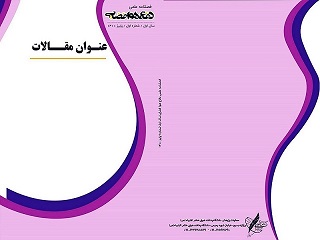Abstract
In the present study, fuel injection and hydrodynamic behavior of fuel spray has been studied numerically under the cavitation phenomenon inside the injector chamber in the combustion chamber of the diesel engine using AVL-Fire software. Spray simulation involves the phenomenon of two-phase flow and requires the numerical solution of the survival equations for the gas phase and the liquid simultaneously. The cavitation flow inside the nozzle is simulated using the Euler-Eulerian method. In this method, liquid and vapor fuels are considered as continuous two-phase, and the governing equations are solved separately for each phase. Spray development and decomposition are simulated using the Eulerian- Lagrangian method. In this method, the gas inside the combustion chamber is considered in the Eulerian coordinates and fuel droplets in Lagrangian coordinates. In the simulations carried out for compression, two values of 60 and 100 MPa are considered for a pressure of 2 MPa. The results showed that for both injections, the cavitation phenomenon is created, although the cavitation phenomenon continues only for the injection pressure of 100 MPa until the end of the nozzle outlet. Therefore, the high injection pressure causes an increase in fuel velocity in the injector orifice and causes a cavitation phenomenon. At high pressures, cavitation grows rapidly, resulting in better atomization and lower average particle diameter.
Keywords
Main Subjects

